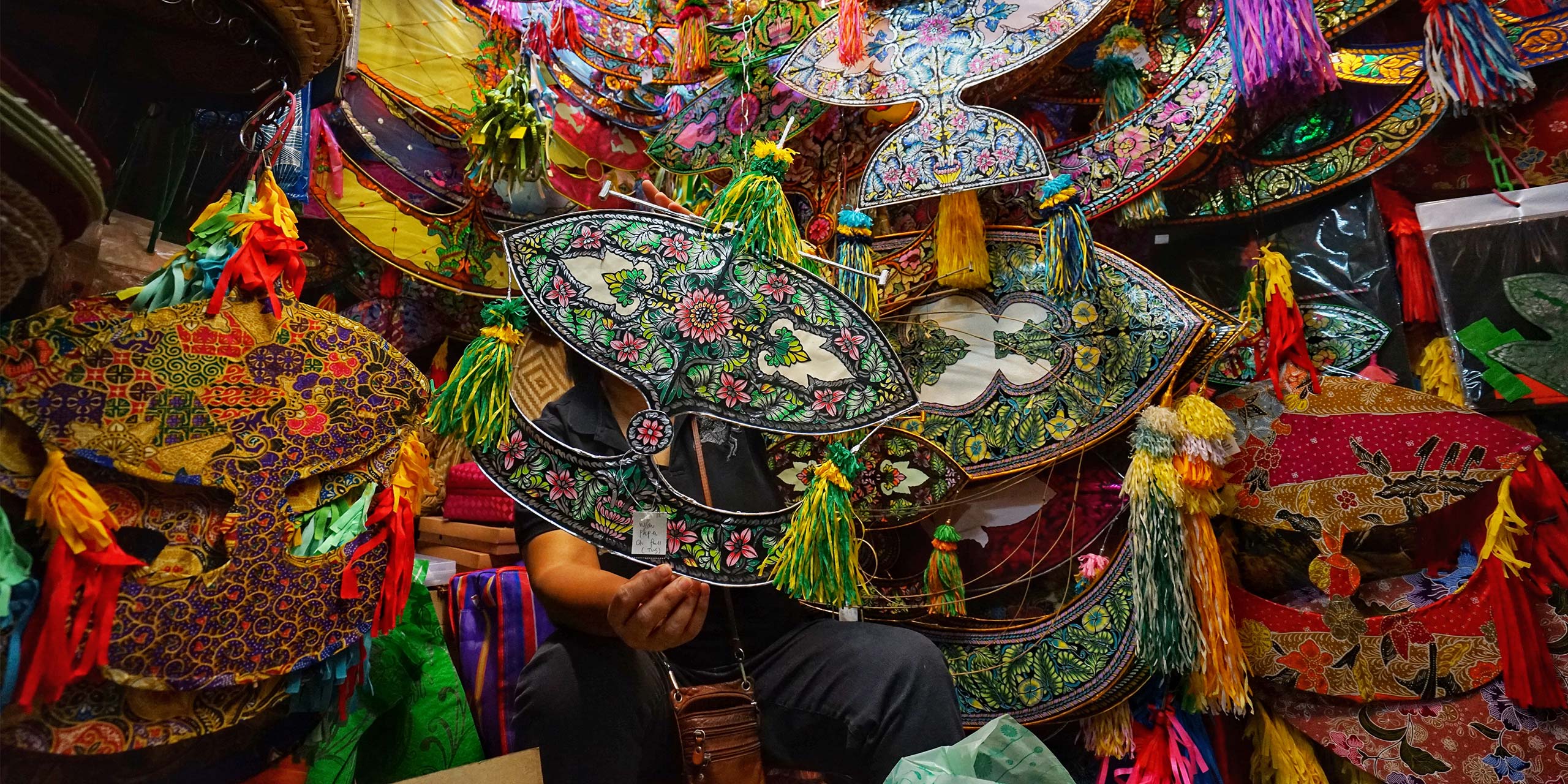
Asia’s most fascinating markets offer cultural insight, majestic architecture, artistic exhibits, mythology lessons, and food extravaganzas.
Malik Ghat Flower Market, Kolkata
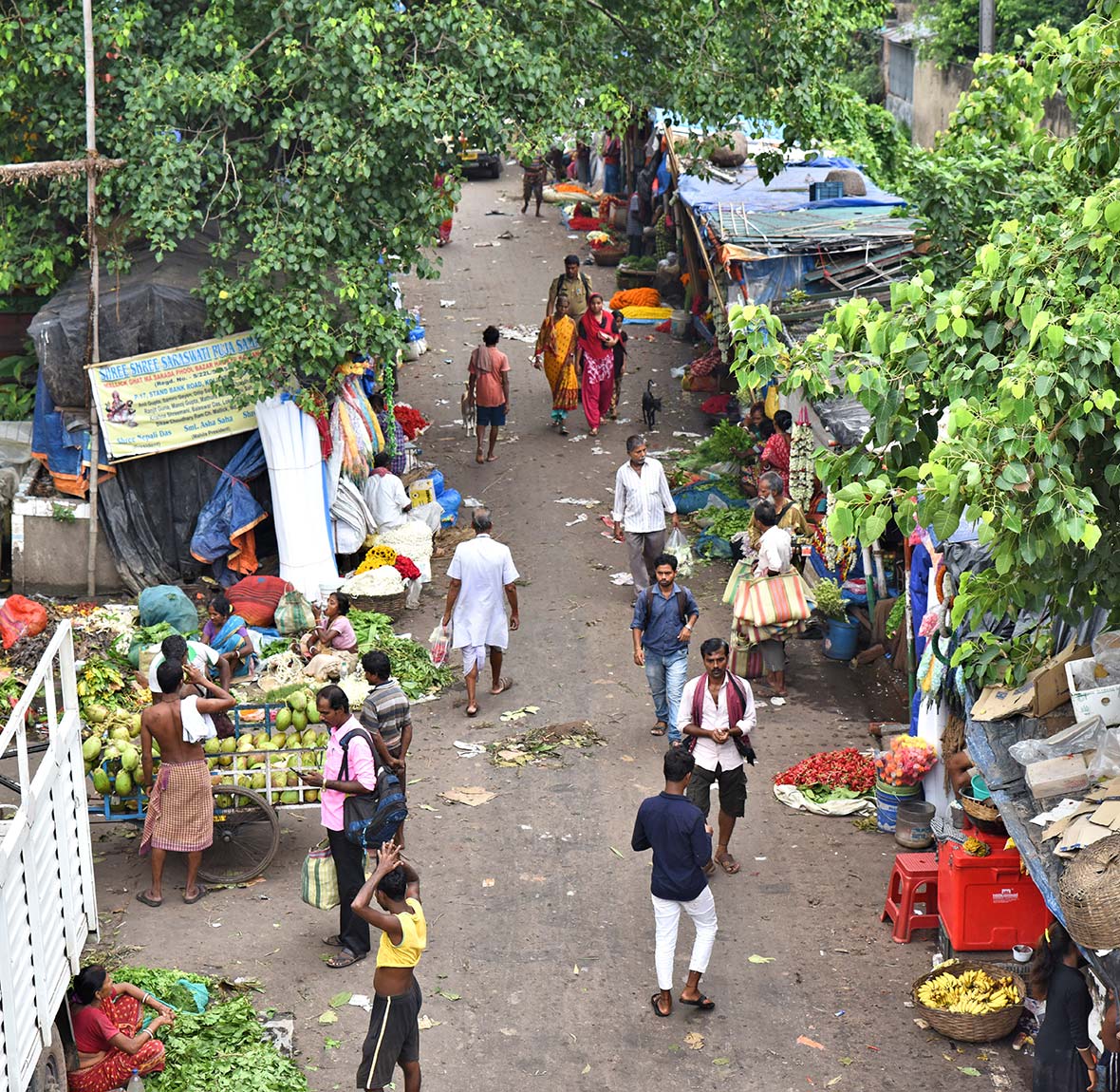
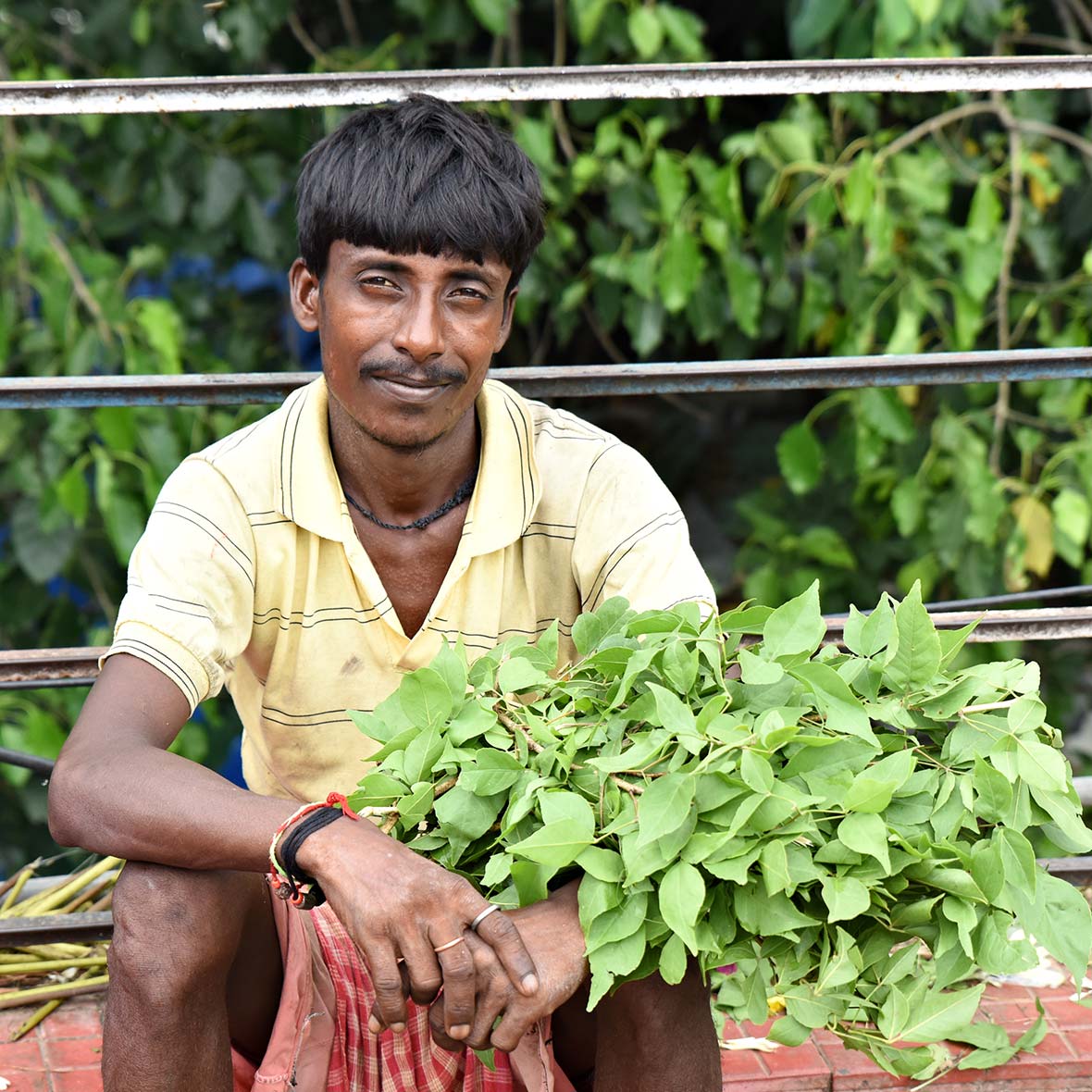
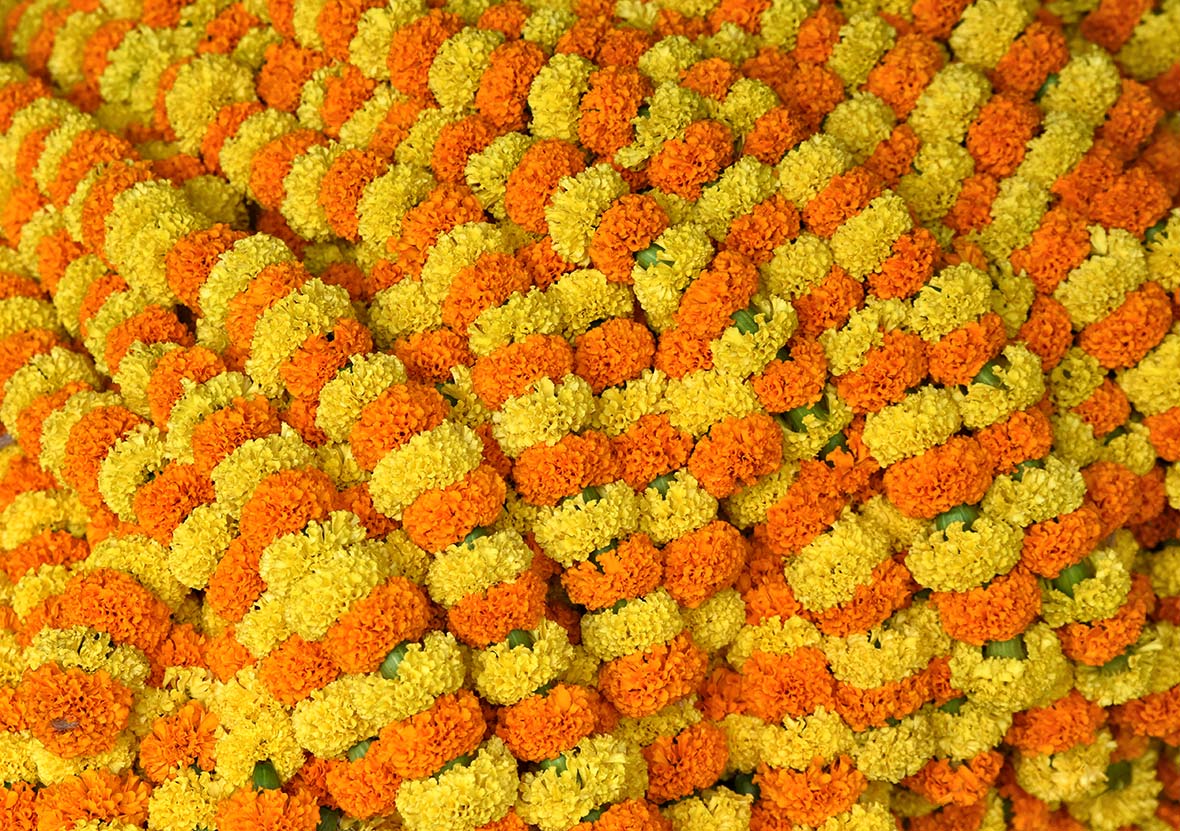
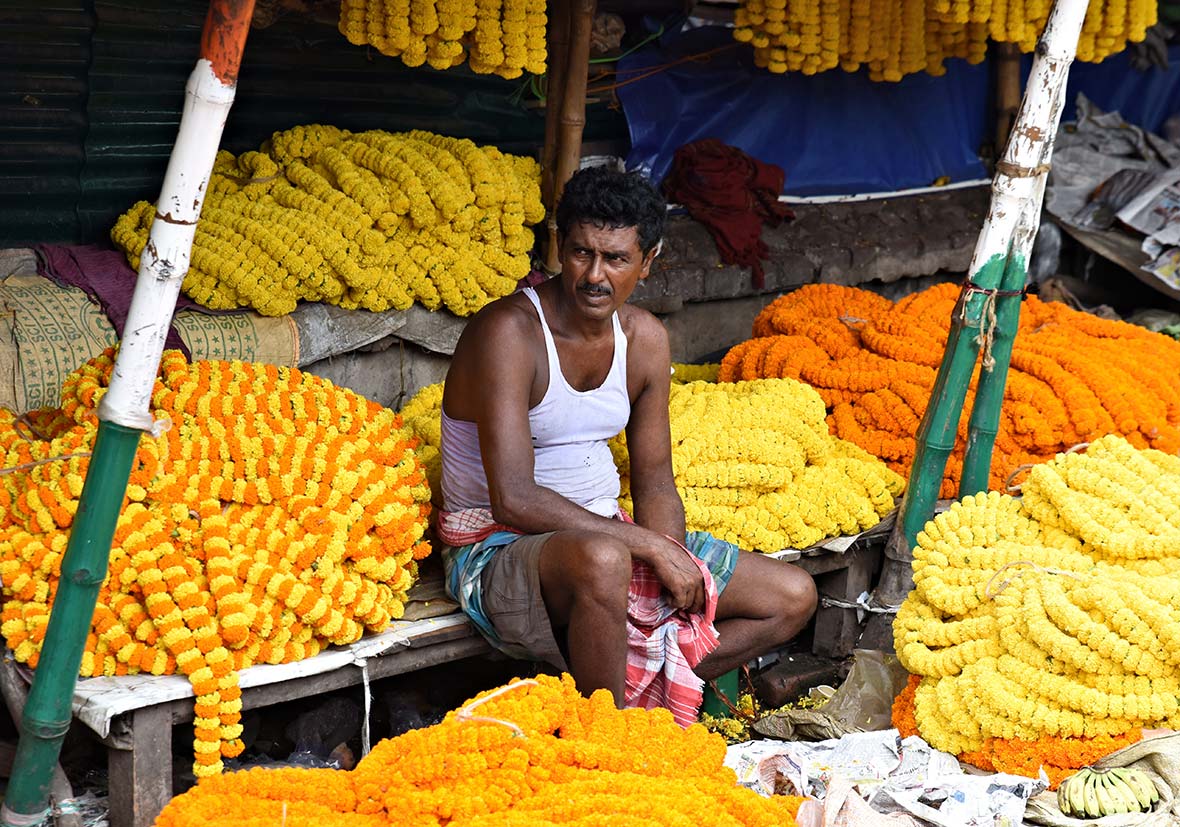
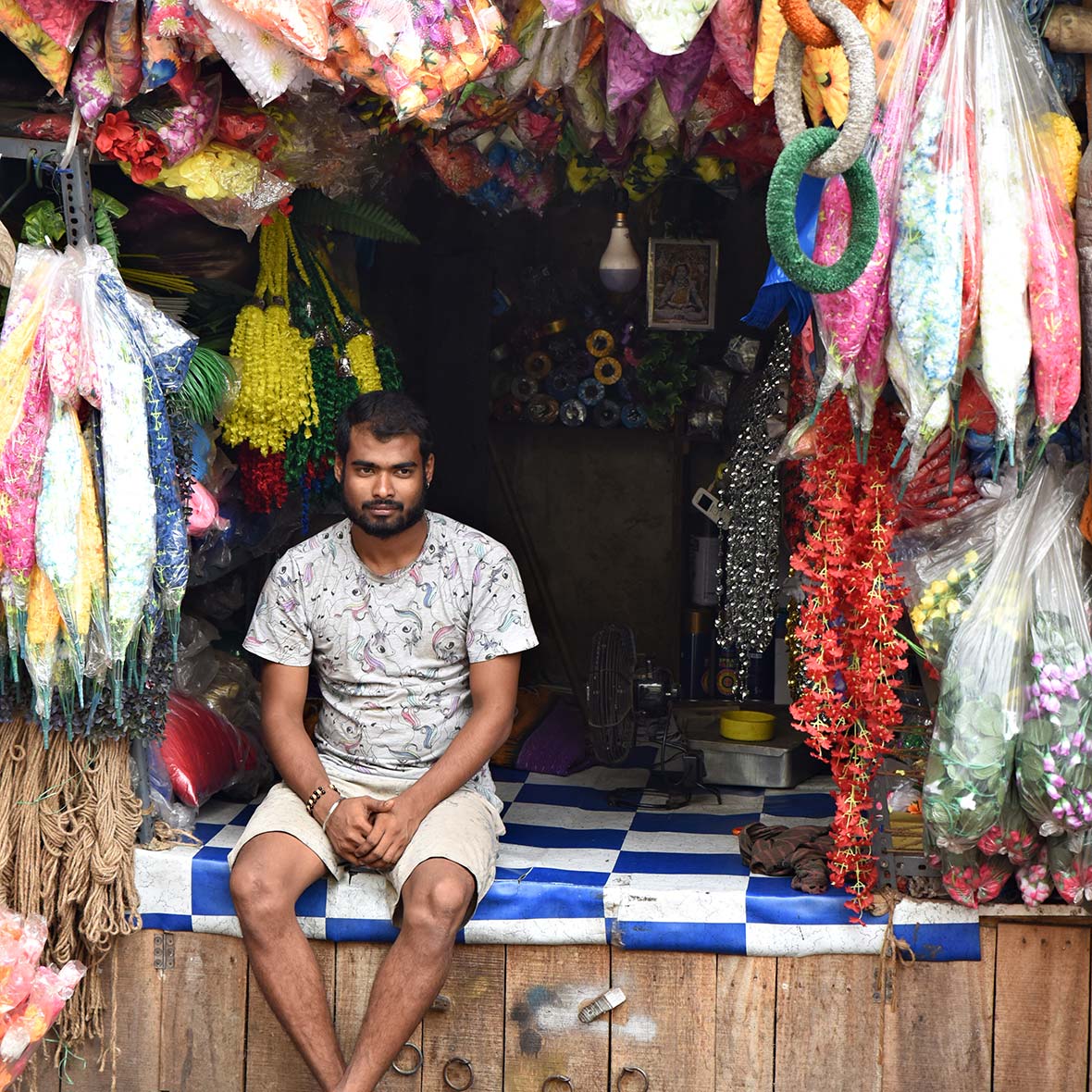
I came to see a bridge and stayed to photograph flowers. My neck craned when, through the window of a taxi, I got an unexpected glimpse of a barrage of hues. This rickety yellow vehicle— Kolkata’s ubiquitous Ambassador cabs were designed in the 1960s—was rumbling towards the eastern entrance of the Howrah Bridge, a cantilevered icon of the city.
My intention was to be dropped on the western side of the Hooghly River, and then walk back over the bridge, snapping images along the way. Although I went ahead with this plan, all I could think about was that polychromatic spectacle I’d spotted. Google informed me that it was Malik Ghat, Asia’s biggest flower market.
Hundreds of vendors gather each day at this 169-year-old bazaar. Collectively they display what must amount to millions of fresh flowers, grown in nearby countryside. Marigold, rose and lotus are standouts. Such blossoms mostly end up used as displays in hotels, decorations for religious rituals, or centerpieces of Hindu weddings. Overseas visitors, meanwhile, will appreciate the pleasant aromas, vivid sights, and fascinating people-watching opportunities.
Noryangjin Fish Market, Seoul
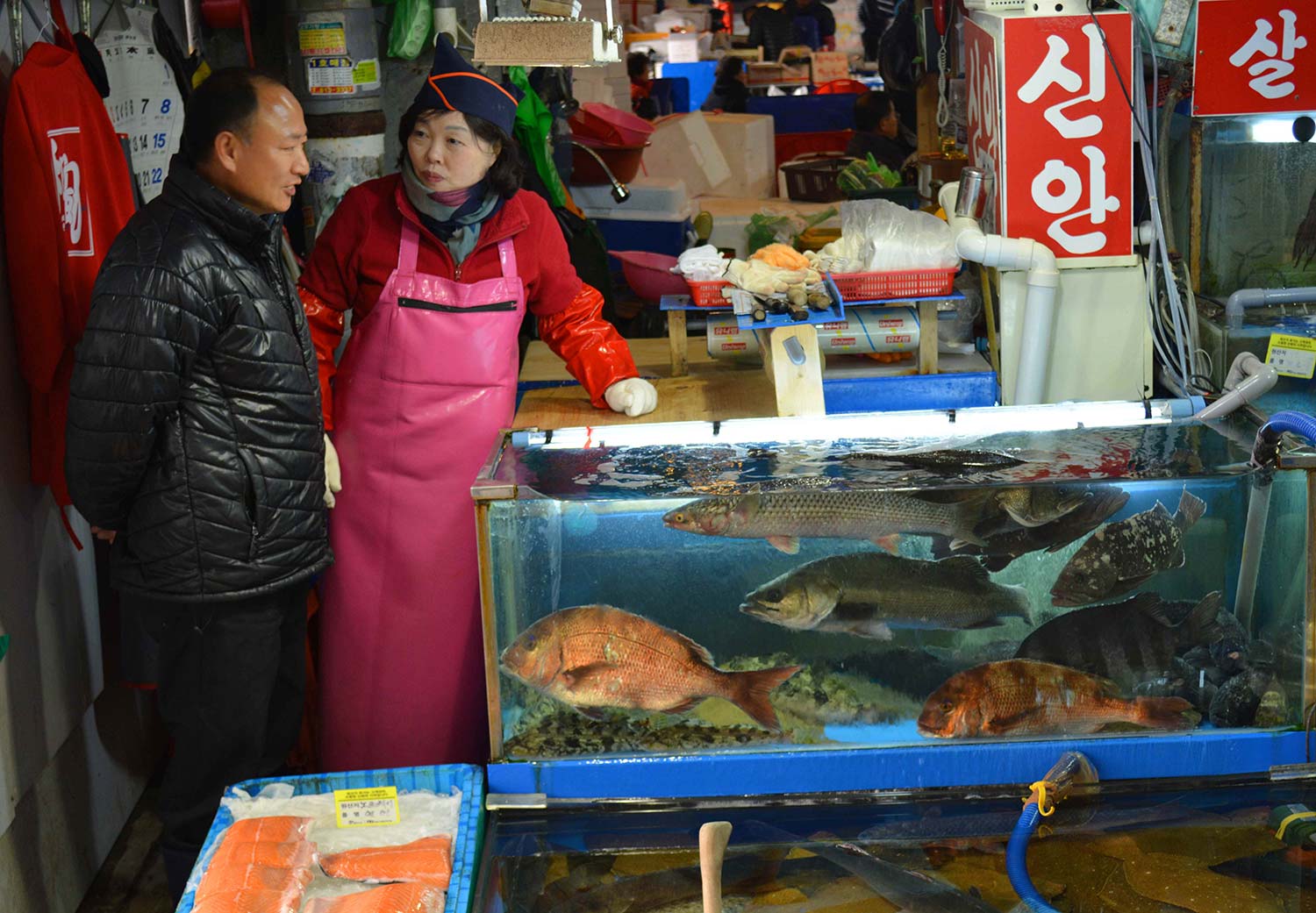
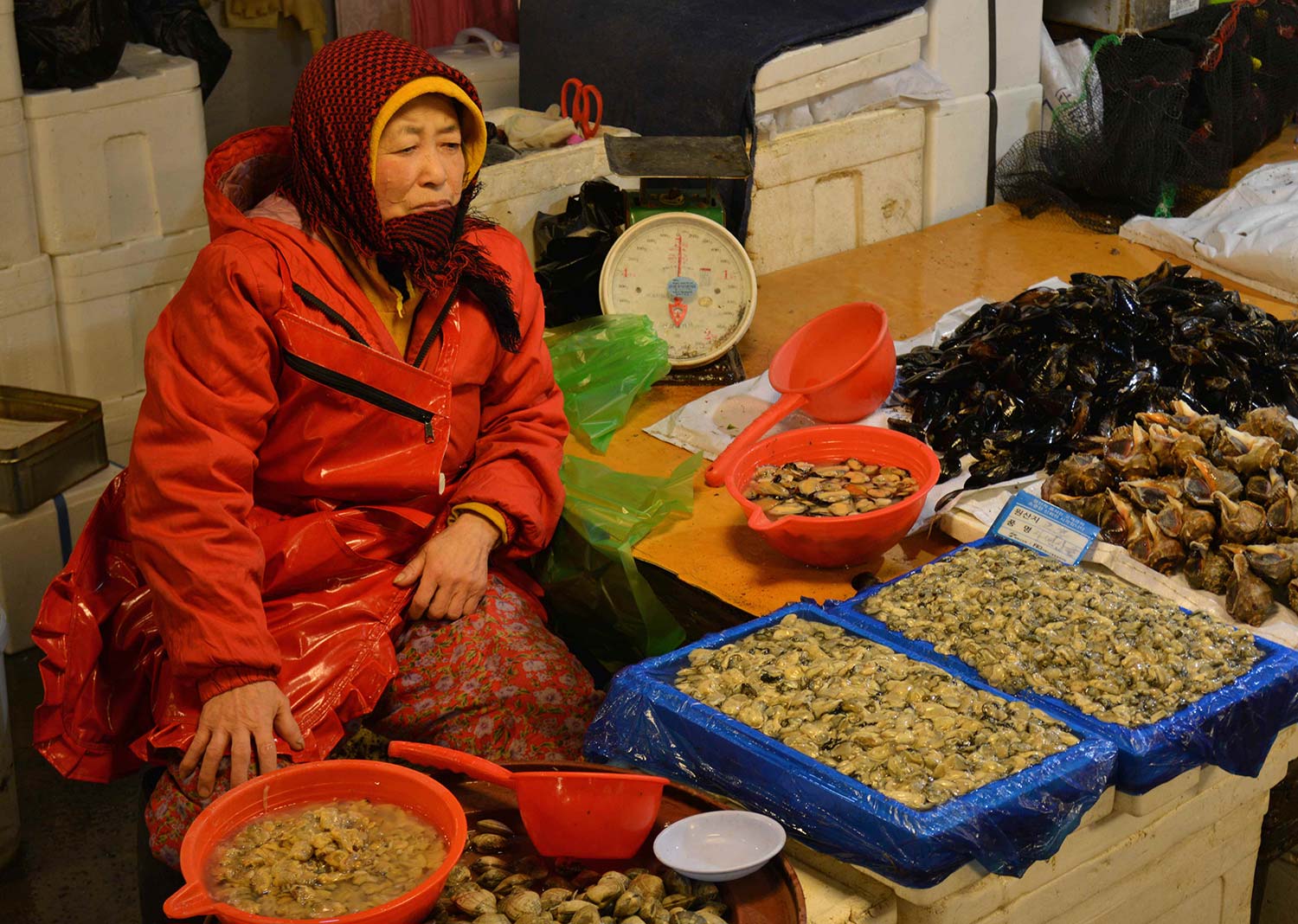
I’m not a huge seafood lover, but I love Noryangjin fish market. My wife would happily eat only fish for eternity. But I vastly prefer pork, beef and chicken. It is not my tastebuds that first led me to Noryangjin many years ago, and have kept me returning since.
Instead, I’m addicted to its riotous atmosphere and rich photographic fodder. This colossal, undercover market is to the east of the upmarket Gangnam, in the southern part of Seoul. It has its metro station but is also easily reached by taxi from the downtown area, on the northern side of the Han River.
The market, which dates back over a century, moved to this huge warehouse in 1971. About 50% of the seafood sold each day in Seoul supposedly moves through Noryangjin, where raucous auctions unfurl from as early as 1 am each morning. Even later in the day, its vendors loudly spruik their wares and engage in entertaining bartering sessions with customers.
Amulet Market, Bangkok
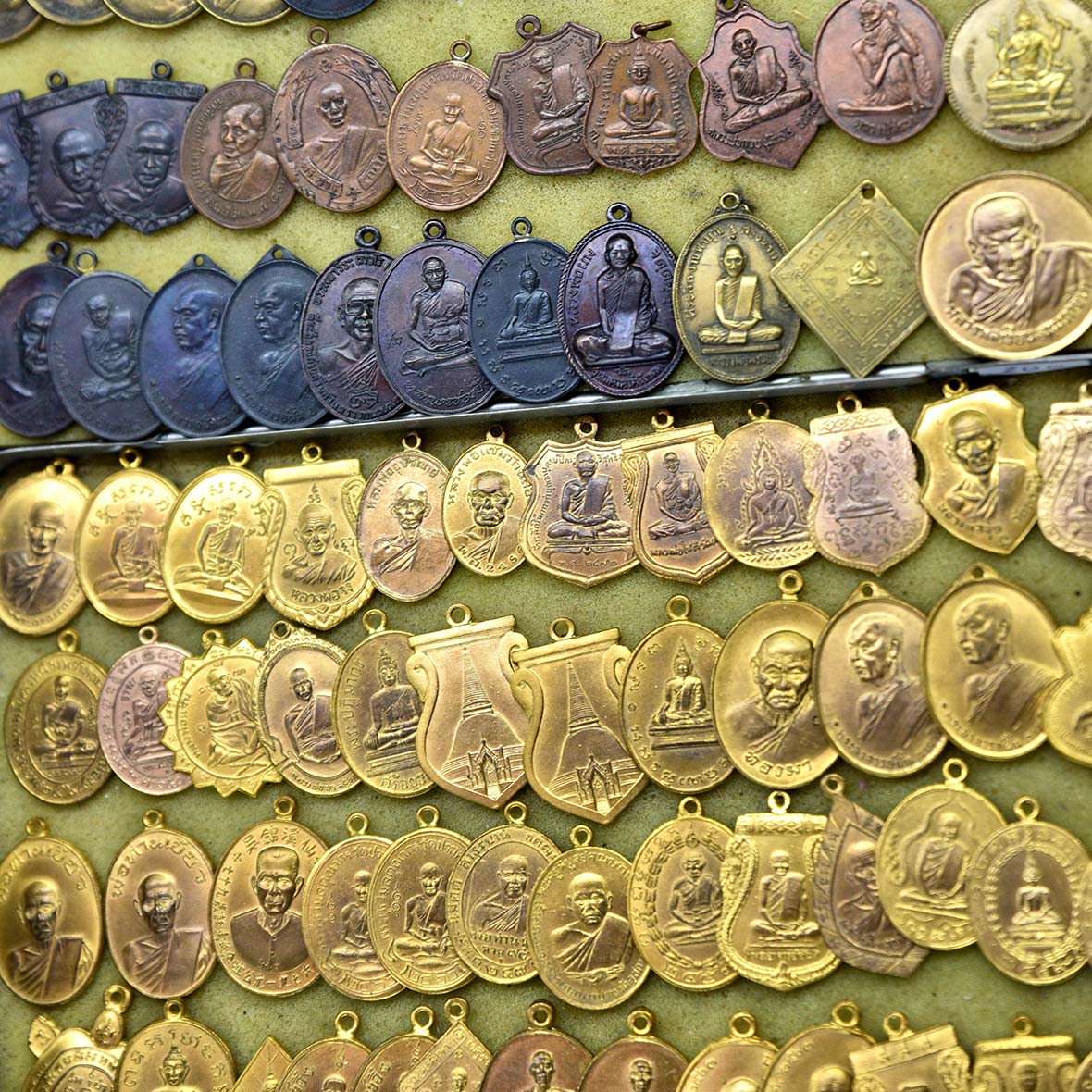
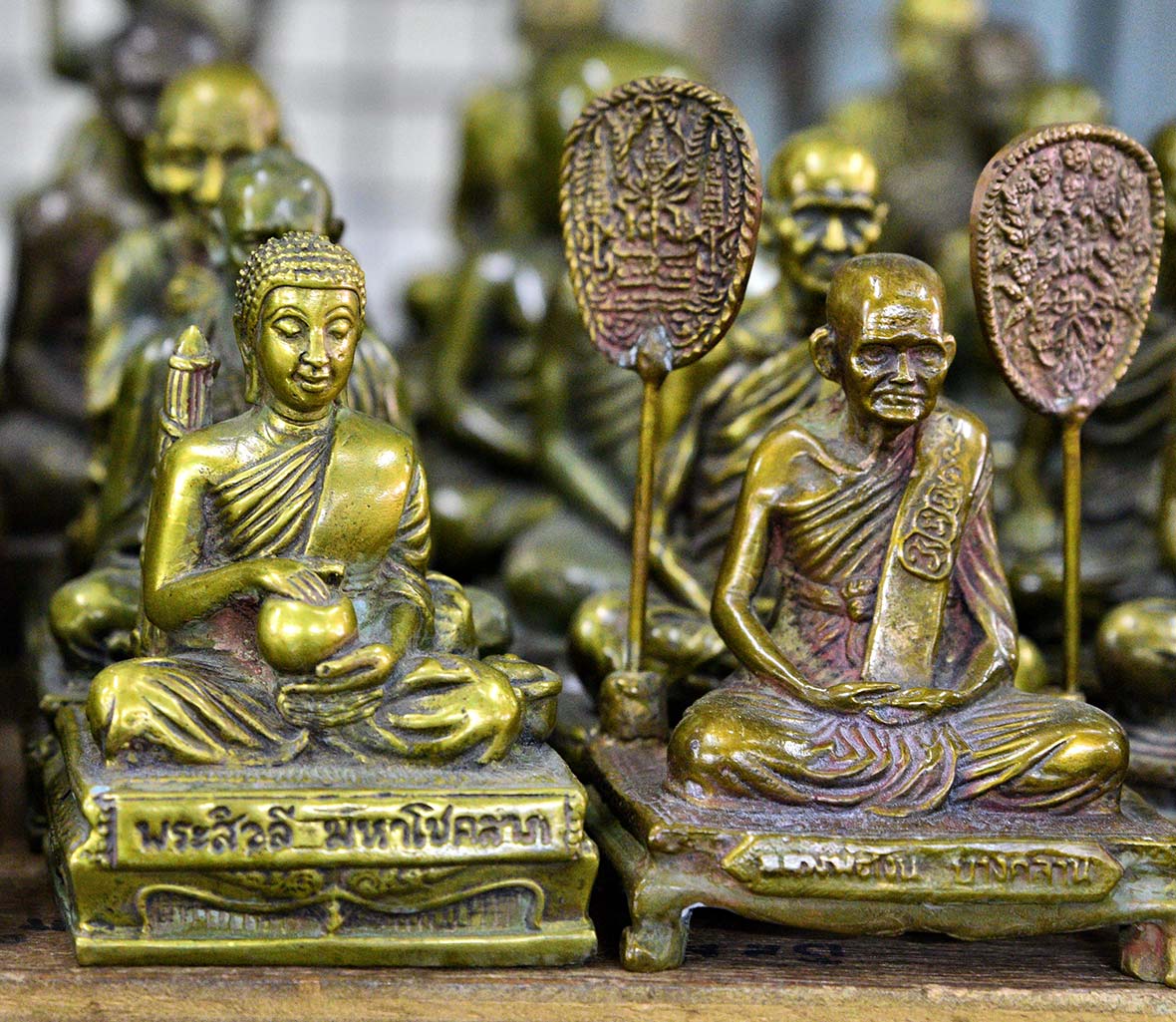
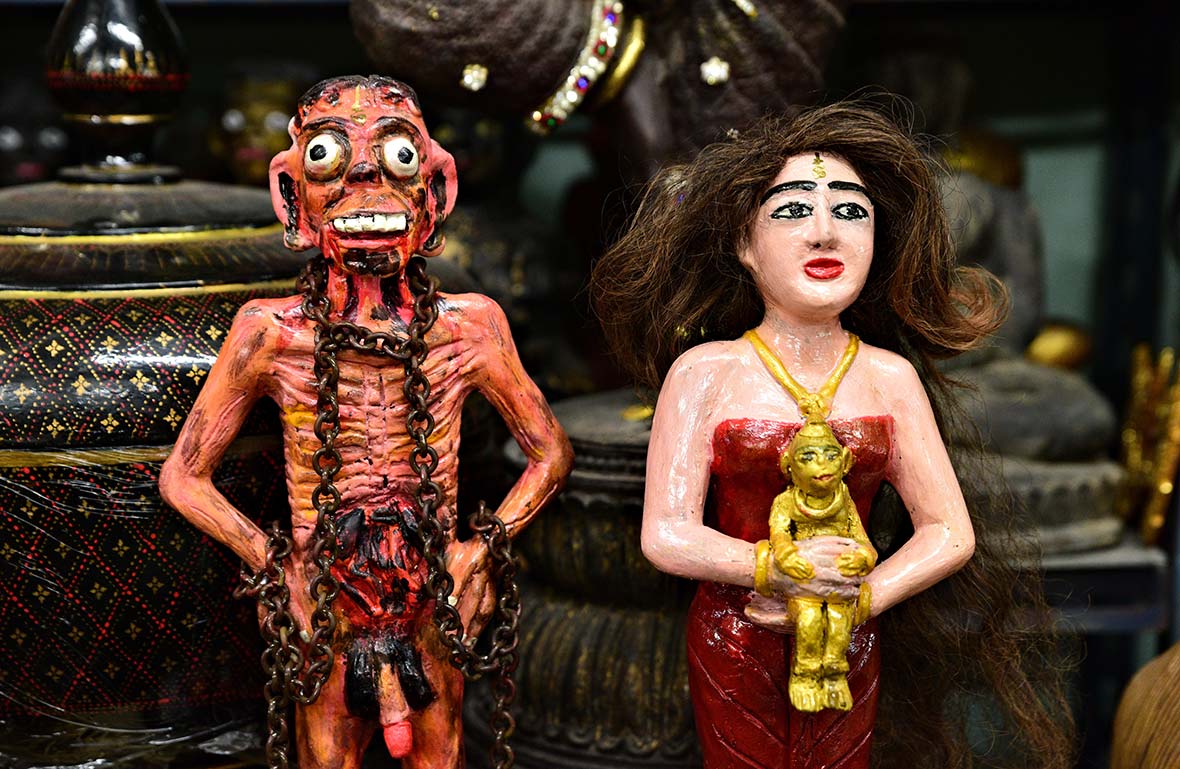
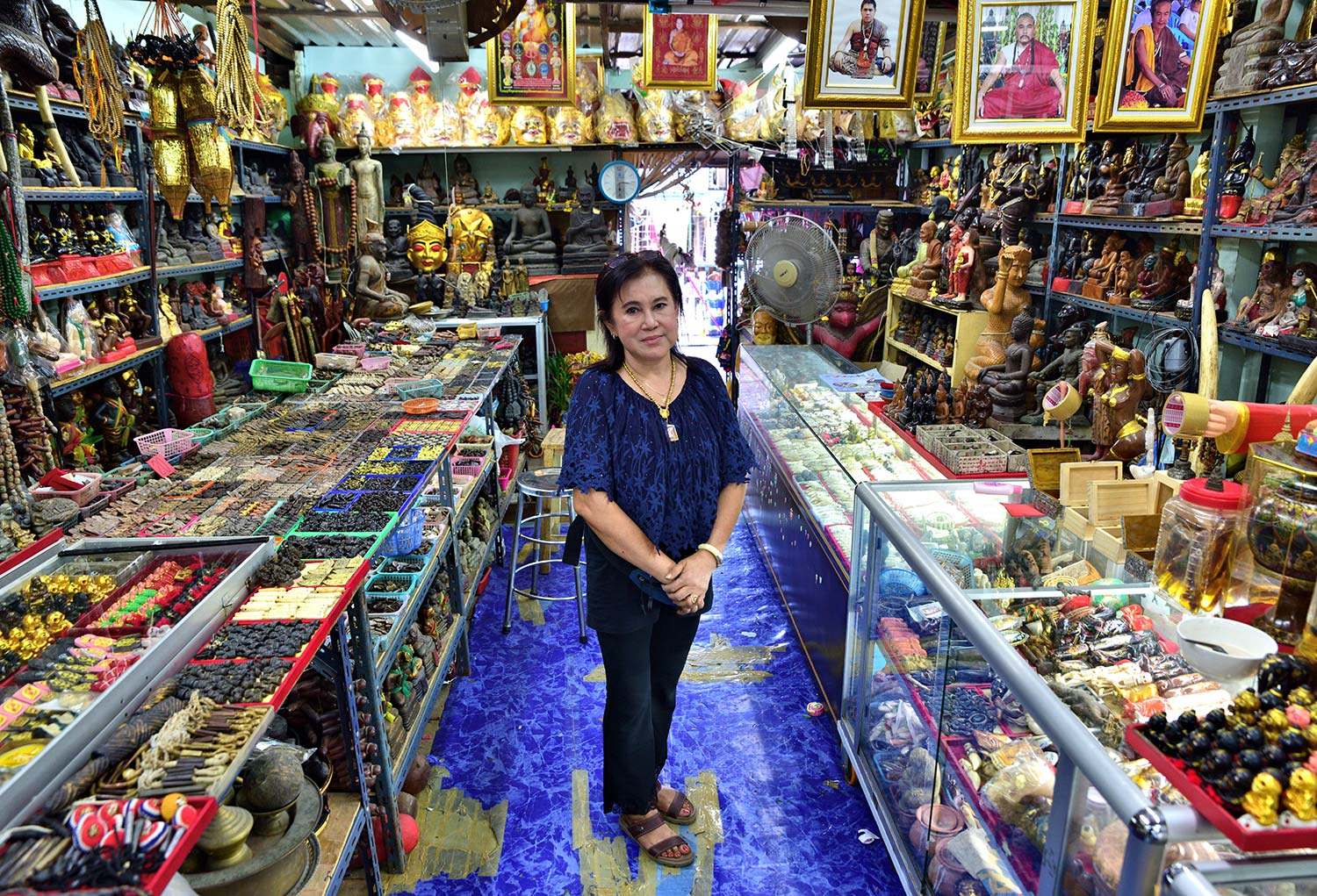
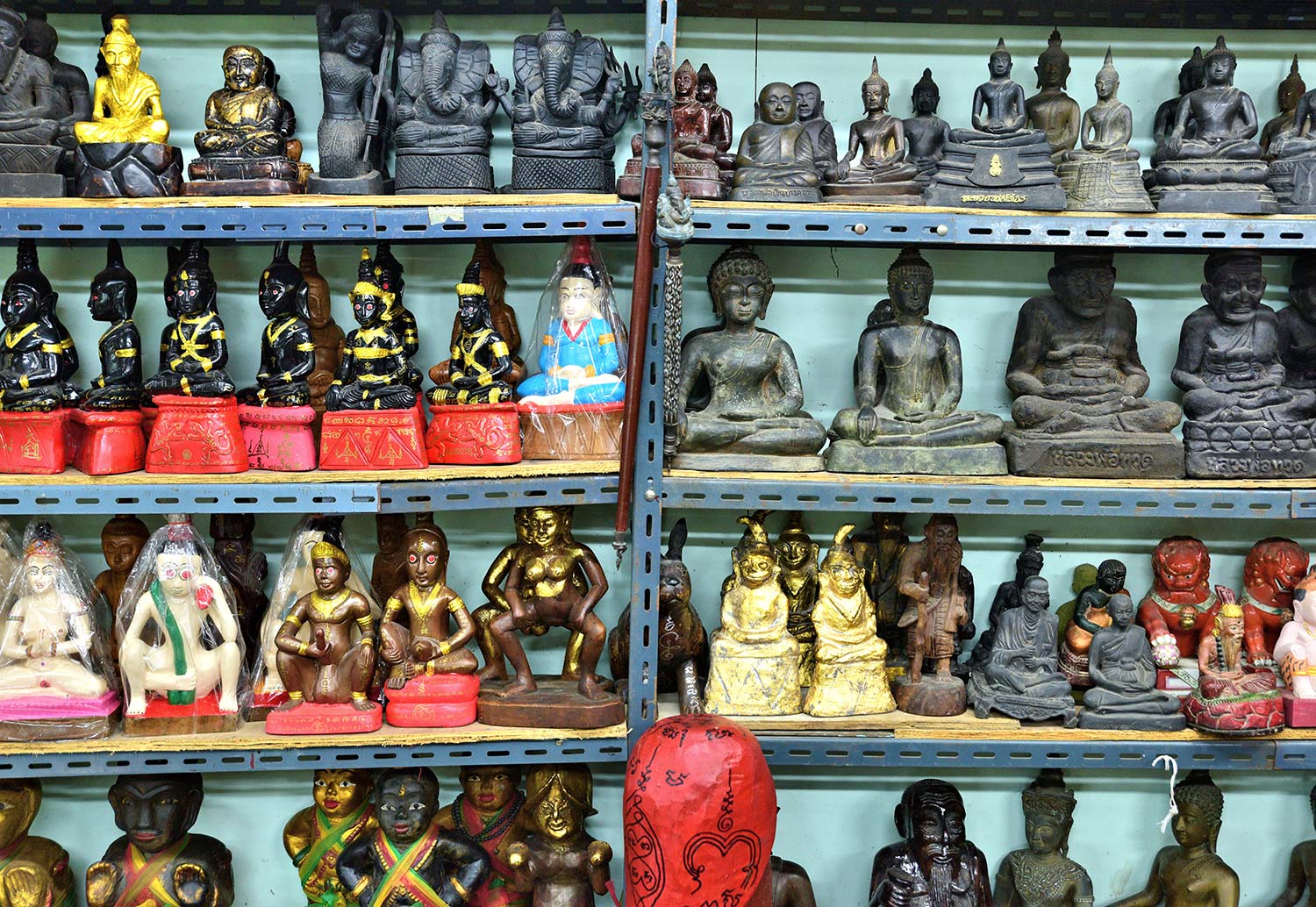
They come from all over Bangkok to find protection from bad luck, evil spirits or both. Tha Prachan Market attracts monks, taxi drivers, or just people with a risky job, and they all want the same thing – a Buddhist amulet brimming with “magic”.
Many Thai people believe these lucky charms possess extraordinary powers. Visitors can spot amulets hanging from a neck, a doorway of a home, or the rearview mirror of a car, supposedly offering its owner protection from invisible yet harmful forces.
Here, in a nest of alleyways in an ancient part of Bangkok, vendors for more than 100 years have been making and selling amulets. Each of these has a different promise for its owner, which is said to be fulfilled via the magic unique to that amulet.
Travelers can peruse the enormous variety of charms on display, and maybe even secure some good fortune for themselves. They’ll also appreciate this market’s handy location. It adjoins a river boat terminal, from which you can wander through this bazaar and on to the nearby National Museum Bangkok, National Gallery, and lively traveler hub Khaosan Road.
Central Market, Kuala Lumpur
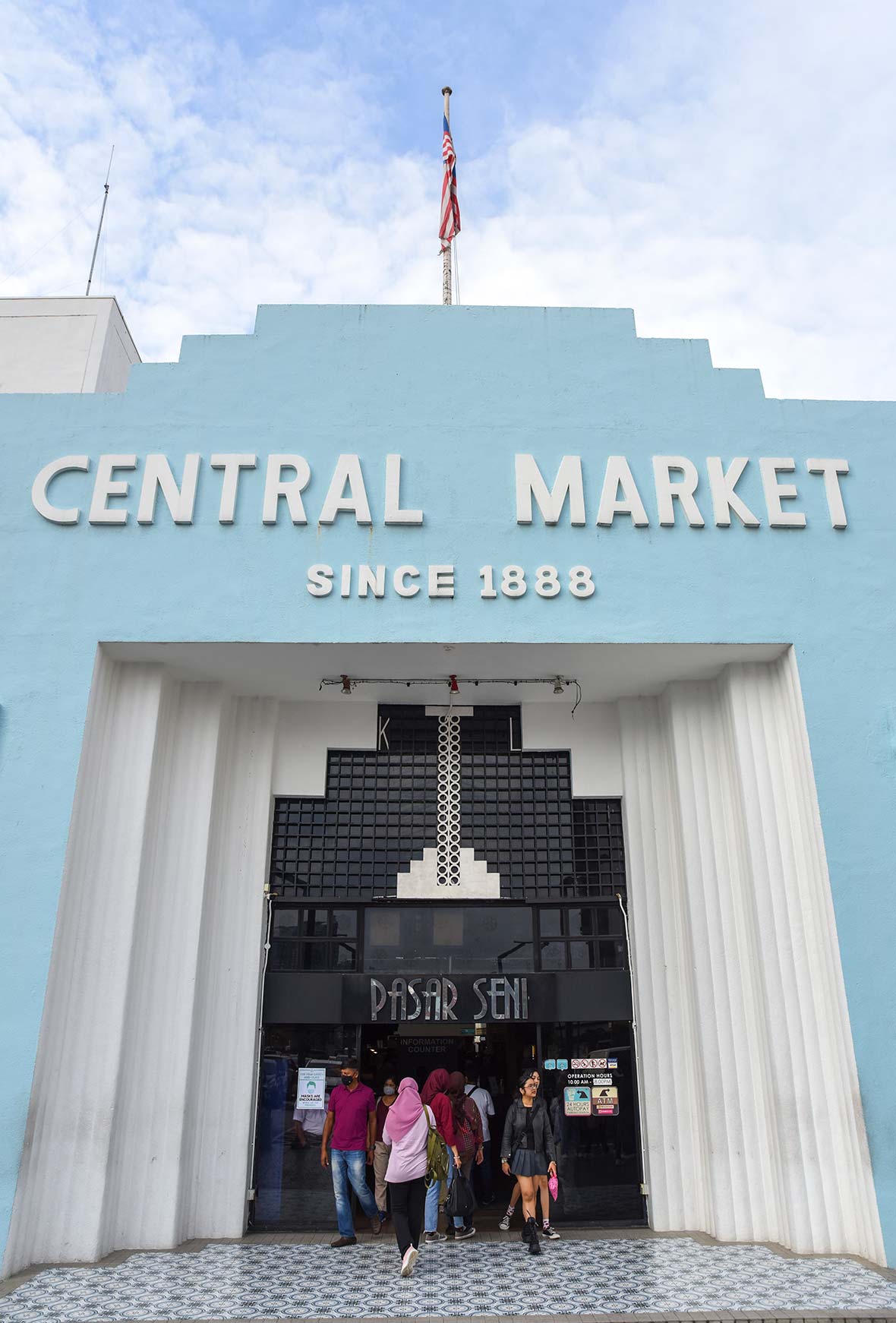
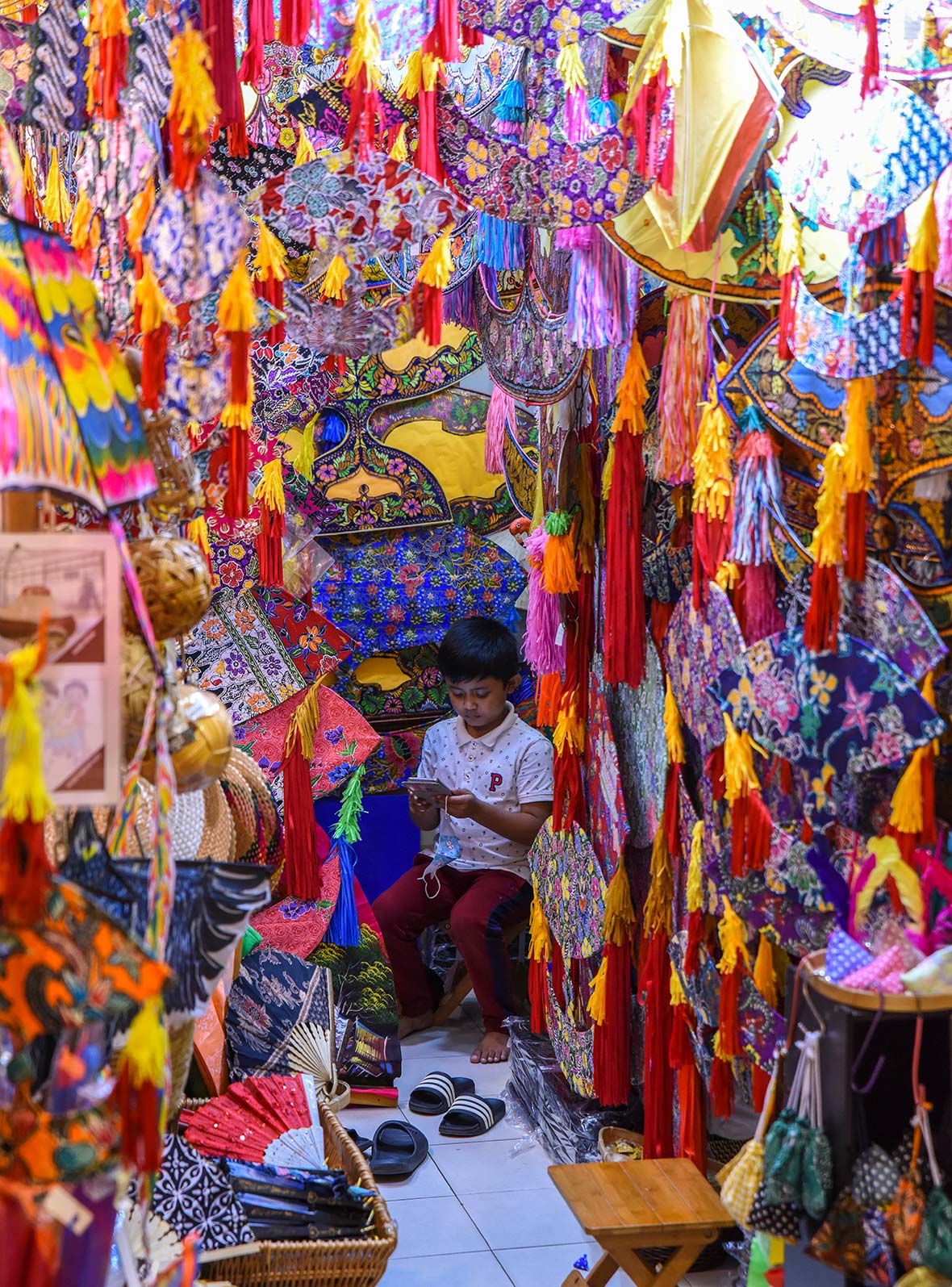
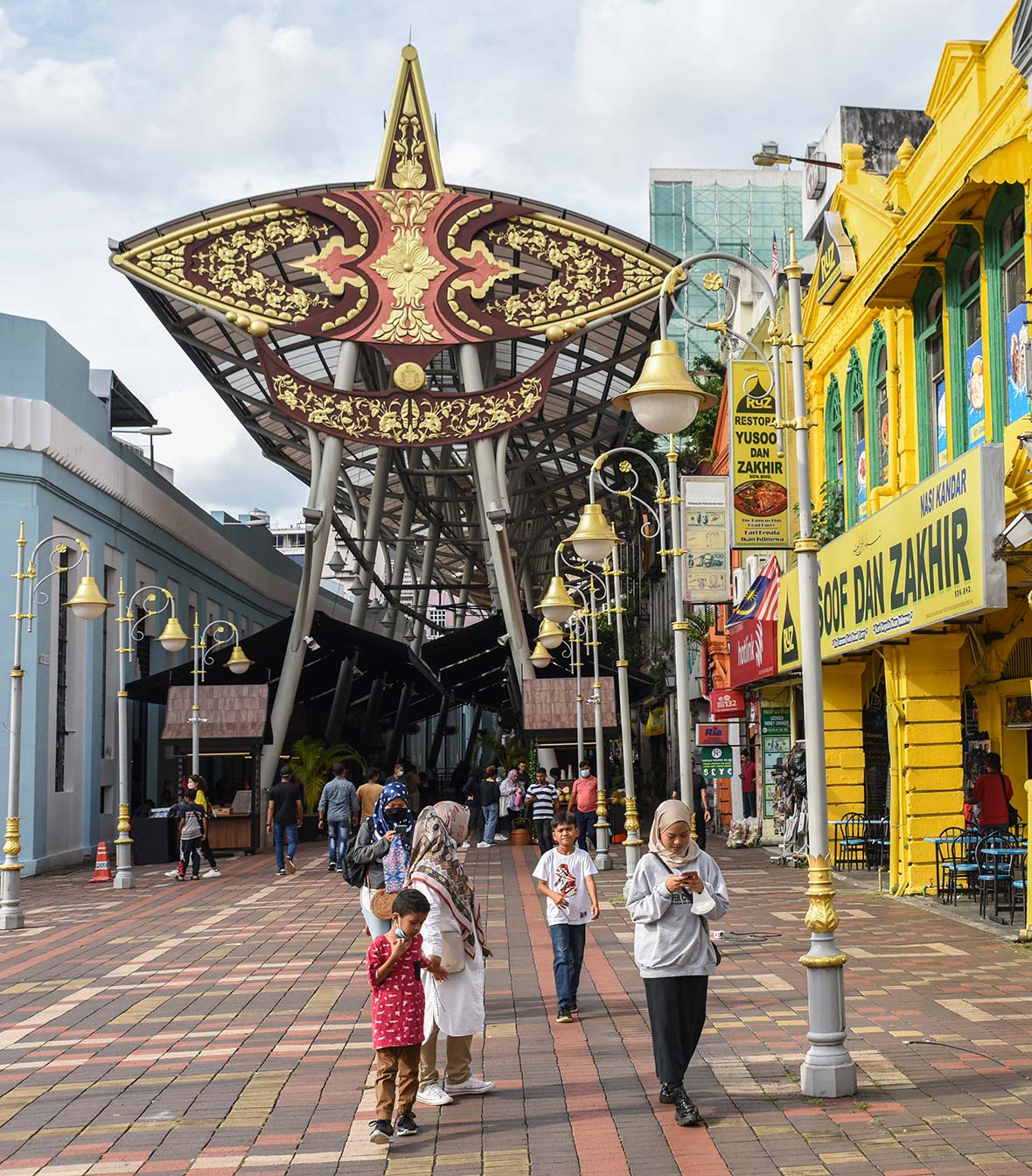
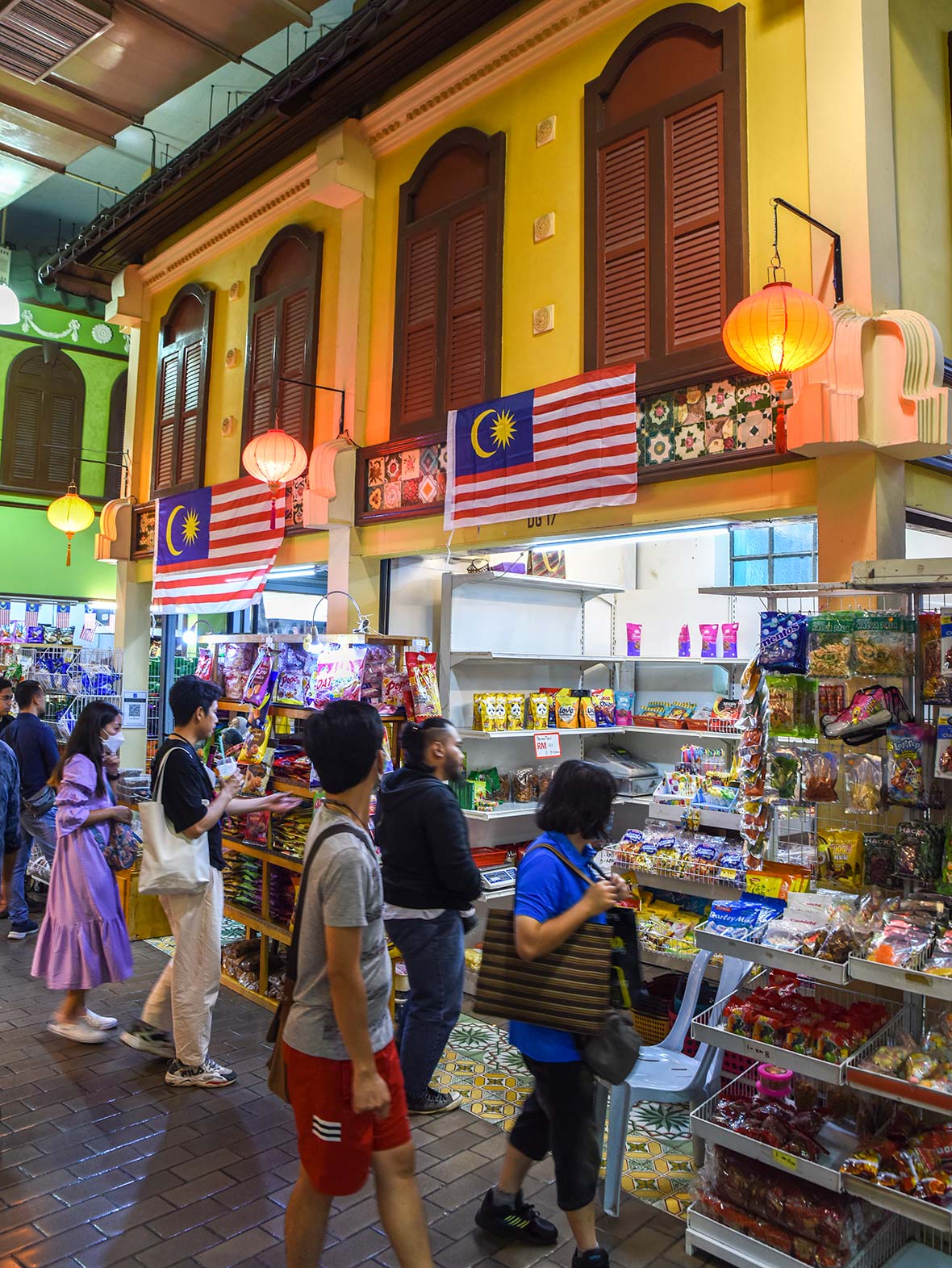
The backbone of Kuala Lumpur’s buzzing Chinatown area, Petaling Street is one of the most popular markets for visitors to Asia. Yet the nearby Central Market, while quieter, is far more interesting. Petaling Street has become one vendor after the next all selling roughly the same items, with a heavy focus on knock-off designer goods and branded sportswear.
Whereas Central Market has a far wider variety of goods, particularly souvenirs and handicrafts. Granted, it is still very much a tourist bazaar. But those who take the time to explore its dozens of shops and stalls will unearth some authentic Malaysian treasures.
Especially appealing is its traditional batik fabric and clothing, which have been a trademark of Central Market since it opened in the 1880s. Many local artists have stalls here. I can only take them at their word when they tell me they hand paint, carve and sculpt the impressive pieces on sale.
Some are dubious in origin and quality. But several trusty-old local taxi drivers have told me many of the handicrafts and artworks here are genuine. Even for travelers not seeking to fill their suitcases with Malaysian keepsakes, Central Market is an engaging place.
Spice Souk, Dubai
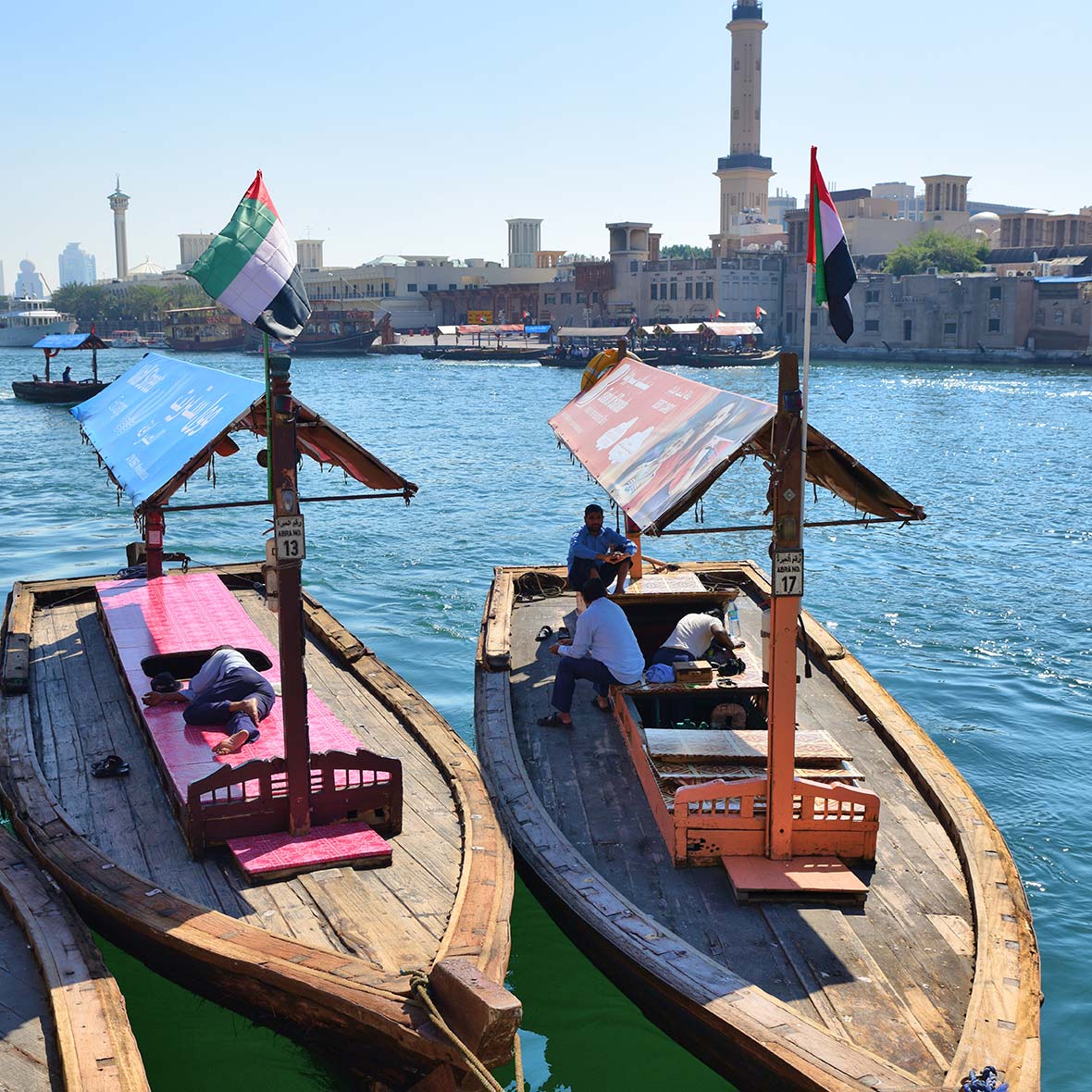
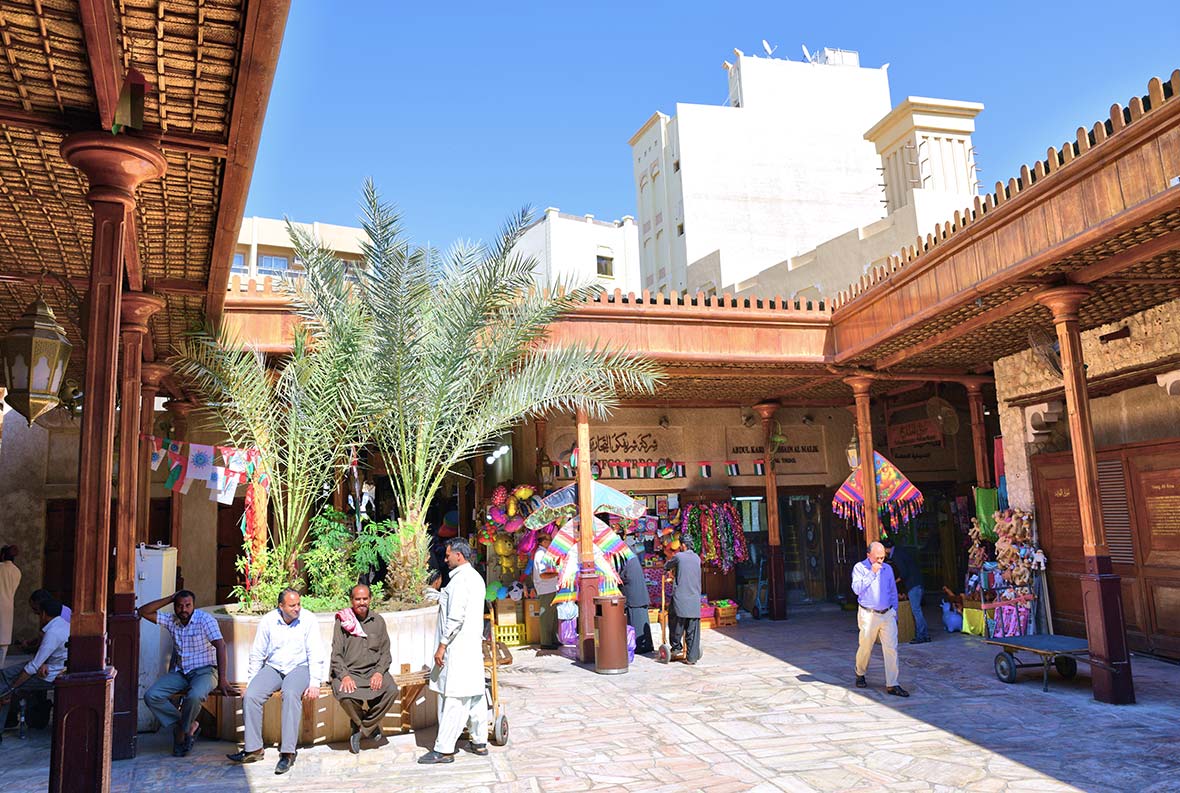
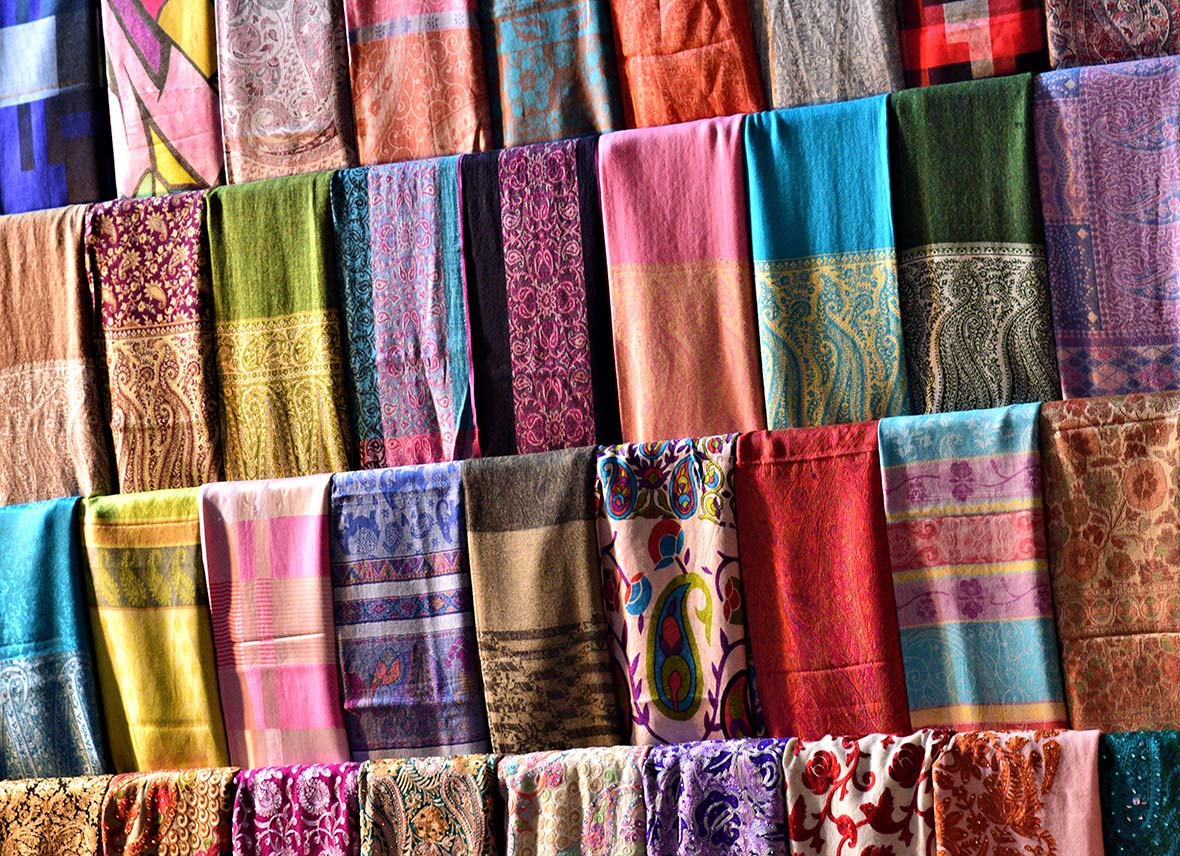
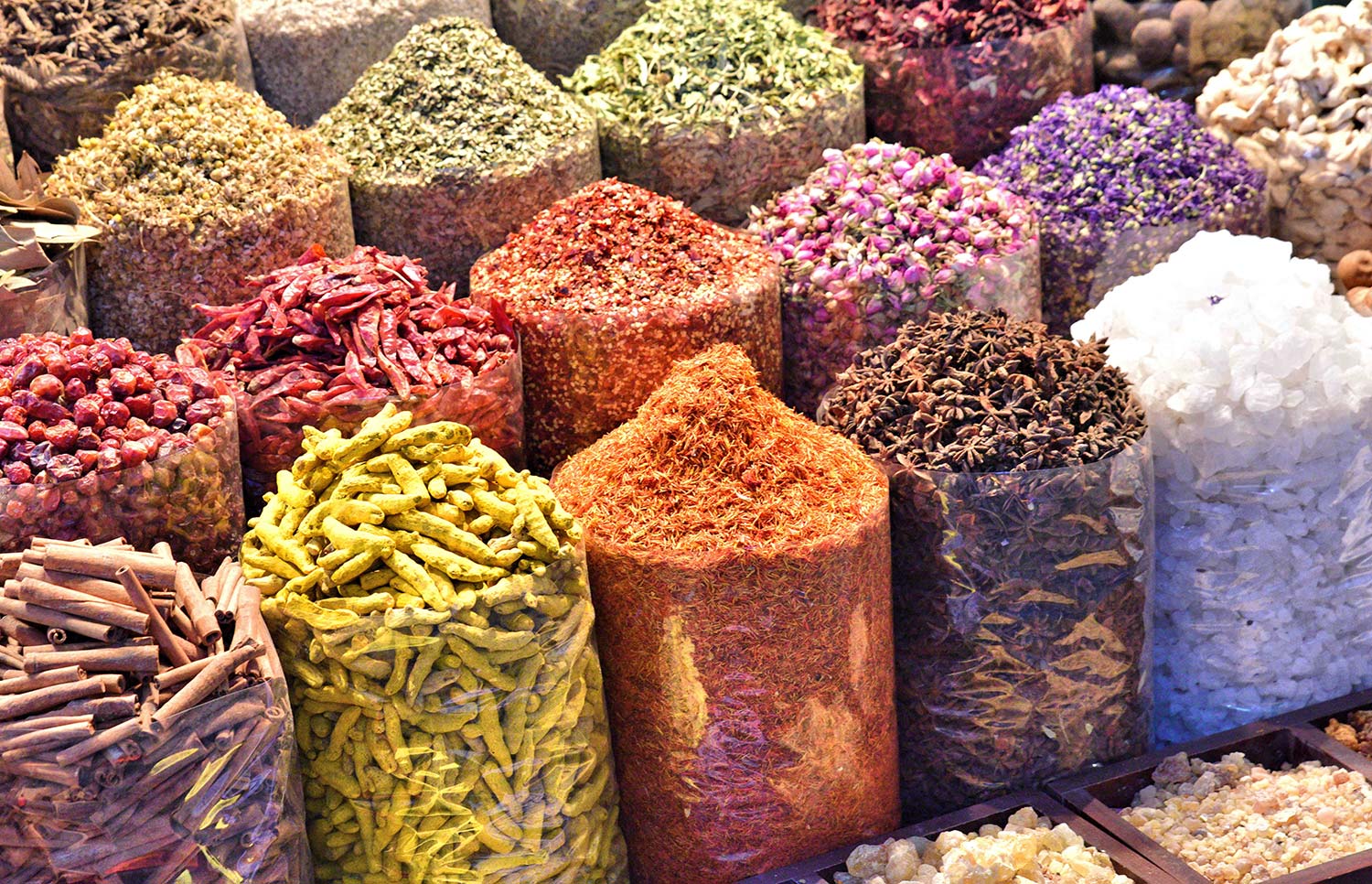
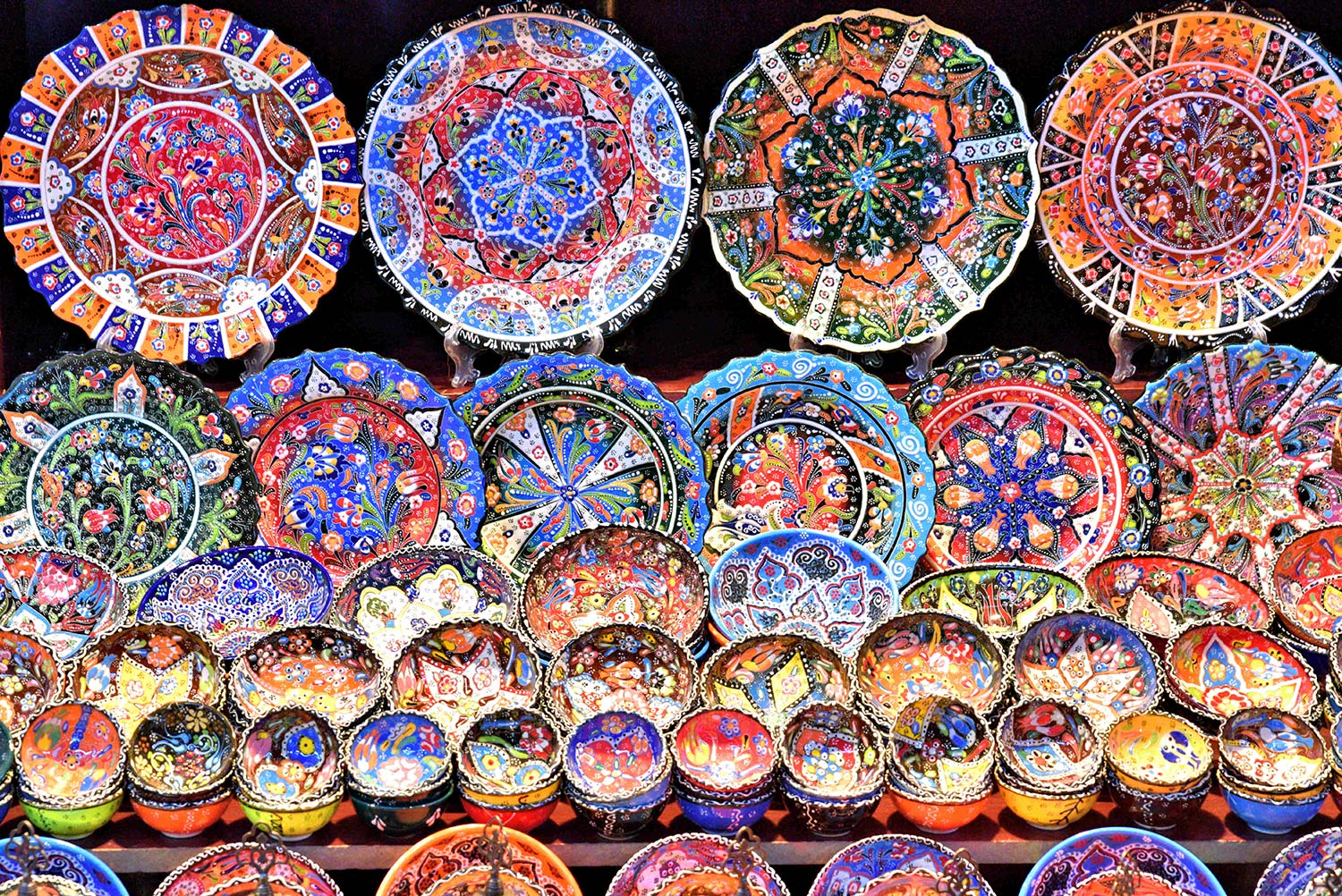
Overflowing with cutting-edge architecture, Dubai has vaulted into the future so boldly that it’s easy to forget its depth of history. Dubai’s oldest market, the spice souk is a charming reminder of this city’s past. Occupying its network of alleys are more than 150 stalls and shops, which offer much more than just spices.
Visitors who arrive at this riverside market in the morning can watch boats unloading products sourced from India, Iran, and North Africa. On display are perfumes, nuts, dried fruits and a dazzling range of fabrics in every color on the spectrum. Browse souvenirs such as Emirati incense burners, delicate ceramics, and pashmina scarves.
